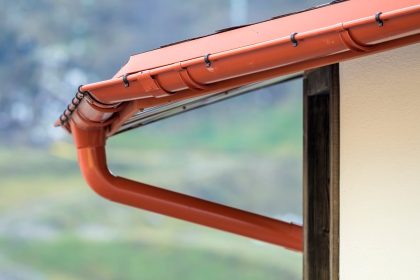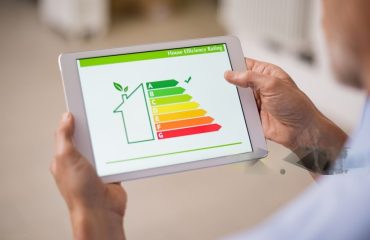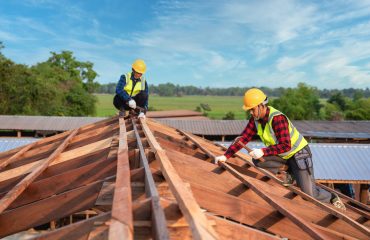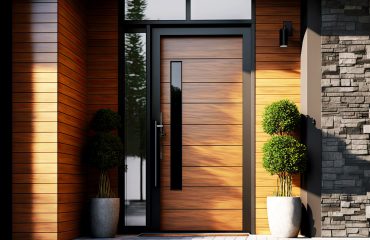
Thinking about upgrading your home’s exterior? Siding installation is one of the most effective ways to improve both the appearance and performance of your house. New siding not only gives your home a fresh look, but it also adds insulation, protects against harsh weather, and can even increase property value. Whether you’re building a new home or replacing old siding, choosing the right material is key.
In this article, we’ll explore the top benefits of siding installation and help you decide which type of siding is best for your needs.
Benefits of siding installation
When you are a homeowner, there are a lot of things that you need to keep up with in order to maintain your property. One of the most important aspects of home ownership is making sure that your house is properly insulated and protected from the elements. Installing new siding can be a great way to improve the insulation and weather protection of your home. In this blog post, we will discuss some of the benefits of installing new siding on your house.
We hope that after reading this blog post, you will have a better understanding of why siding installation is such an important process for homeowners.
Types of siding materials
When it comes time to update the exterior of your home, you’ll have to choose between a variety of siding materials. Each type has its own advantages and disadvantages, so it’s important to weigh your options before making a decision. In this blog post, we’ll take a look at the most popular types of siding material and discuss the pros and cons of each one. We hope this information will help you make an informed decision about what’s best for your home.
1 – Vinyl Siding
Vinyl siding is a low-cost, versatile option that’s helped make it the most popular choice in America. Some design professionals and homeowners are turned off by its “plastic look,” but there are plenty of colors to choose from for those who want something more stylish or personalization options like customized window treatments on your home
“In less than five years since this technology came out,” says Max Bumgardner from Sutton Siding & Remodeling Inc., “all manufacturers have been competing hard trying not just to offer the best quality product possible.” It requires a few tools–just garden clippers will do!
2 – Wooden Siding
Depending on how often you maintain your wood siding, it can last anywhere from 10-100 years. However this comes at a cost: unless cared for properly these surfaces will start to wear down and show signs of neglect such as chipping paint or losing its stain over time; furthermore there’s always an opportunity that insects may attack since they feast off oil templates found inside these types if material (notably those pesky termites). But fear not! In addition clapboards make great screens while shakes offer unparalleled insulation values which means less energy consumption when heat trapping
3 – Brick Siding
The beauty and durability of brick has been used for centuries to create beautiful homes. Brick comes in different sizes, textures, colors; there’s always something that will match your home perfectly with these versatile materials! If you’re looking at adding siding onto an already-existing structure (or even just replacing worn out panels), brick may be the perfect choice because it provides long lasting appeal without compromising structural integrity or insulation capabilities like other options do – all while being less expensive than many types alternatives available on today’s market too!
4 – Fiber-cement siding
Fiber-cement siding has become a popular choice for homeowners who want the look and feel of masonry, stucco or wood without paying as much. Available in many styles and textures with an array of paint jobs from factory colors to custom finishes; this material is also termite resistant which makes it low maintenance – but there may be some problems if moisture gets into cracks on your house’s surface because then you’ll have trouble getting rid of all those pesky bugs!
Installation tips and advice
Replacing your home’s siding can be a daunting task. It’s important to choose the right type of siding and to have a plan in place for the installation. Here are some tips to help make the process go smoothly.
First, decide what type of siding you want. There are many different types available, from wood panels to vinyl sheets. Be sure to choose one that will fit your style and needs.
Next, draw up a plan for the installation. This will help ensure that everything goes smoothly and that you don’t miss any steps. Make sure you have all of the tools and materials you need before starting, and take your time with the installation.
Conclusion
Siding installation is one of the best ways to protect and improve your home. It boosts energy efficiency, reduces maintenance, and enhances curb appeal. Whether you choose vinyl, wood, brick, or fiber-cement, make sure to pick a material that fits your needs and budget.
Need help with siding installation? Contact Best Enterprises General Contracting today for expert advice and a free quote.



